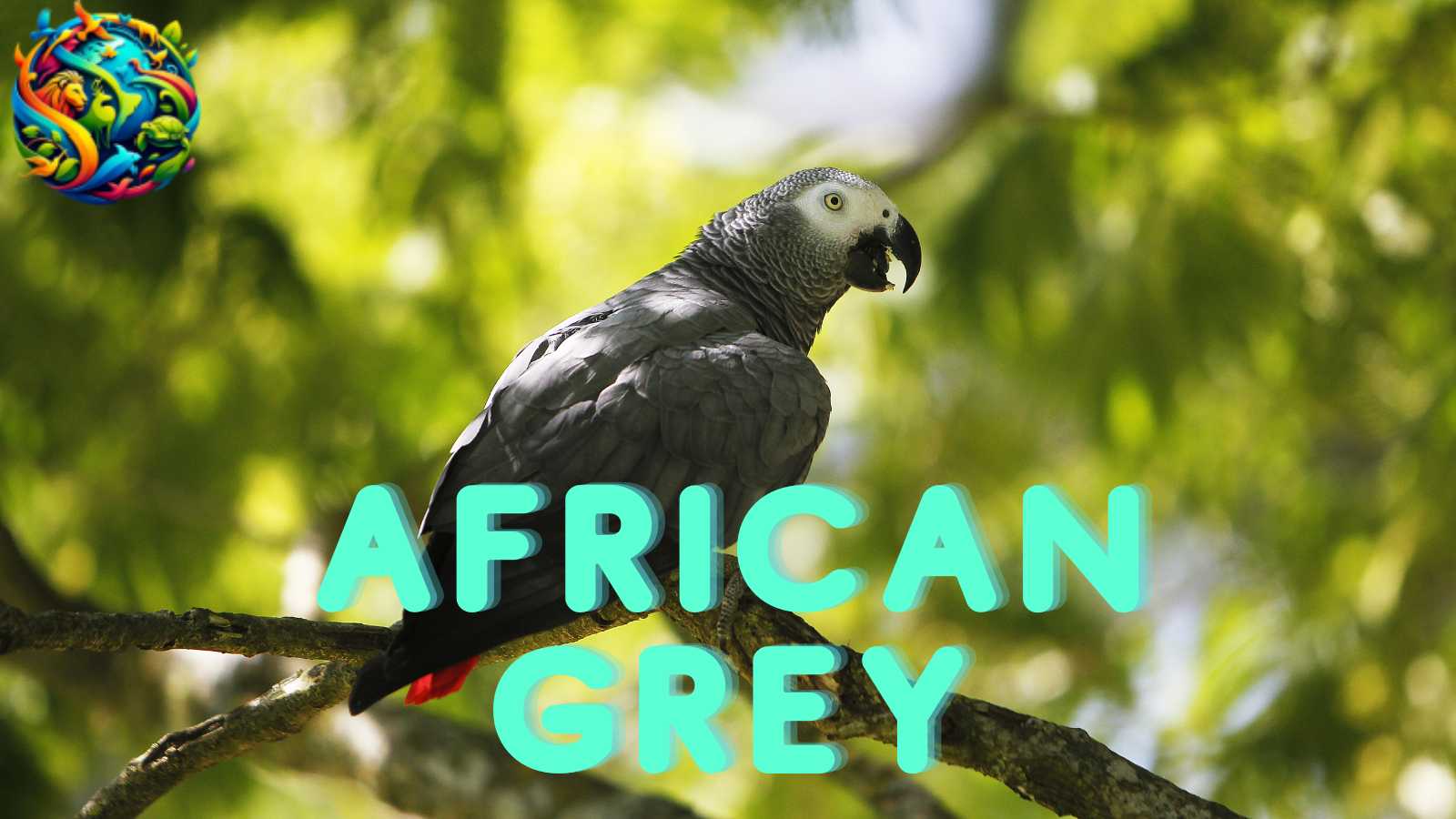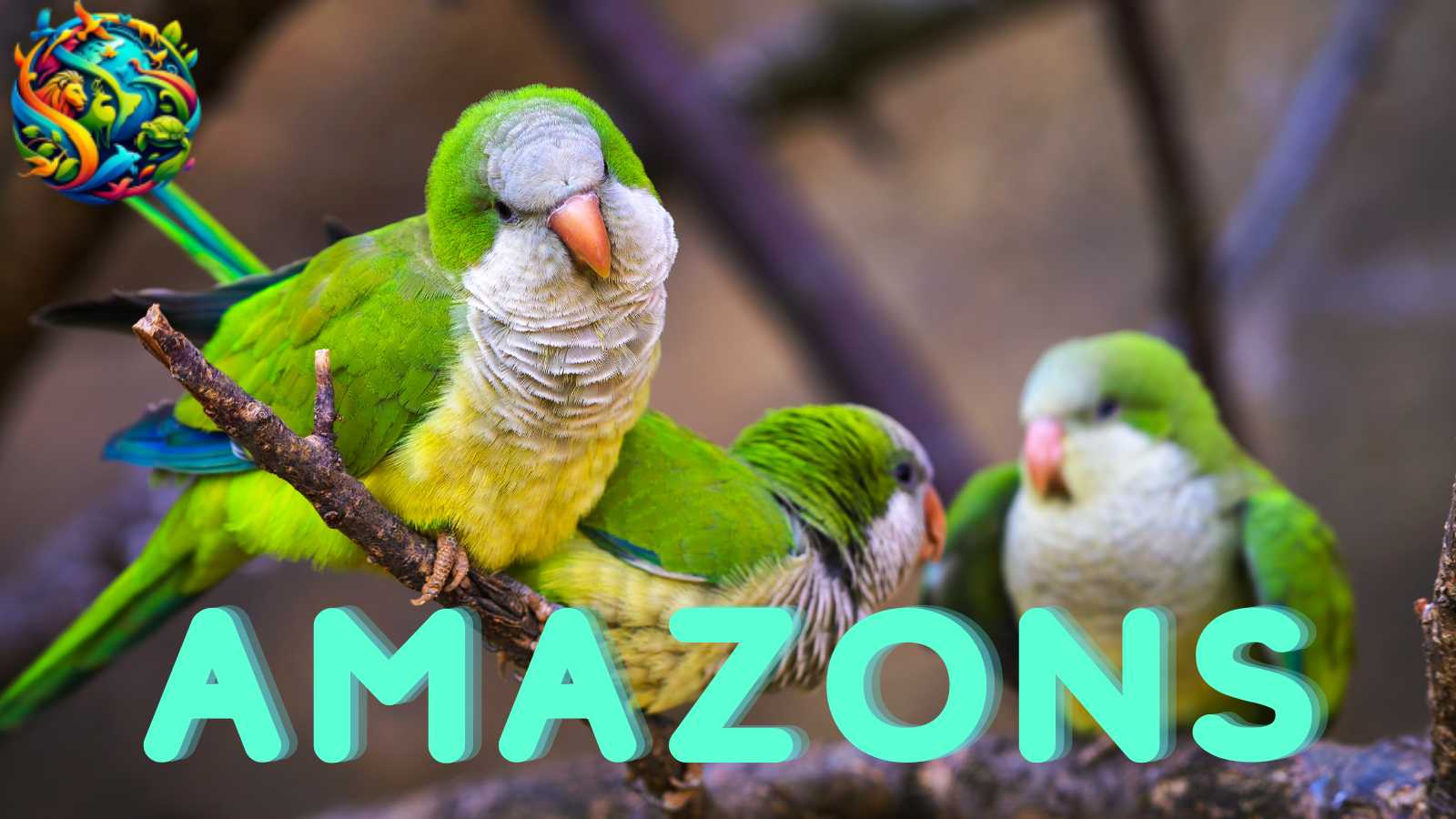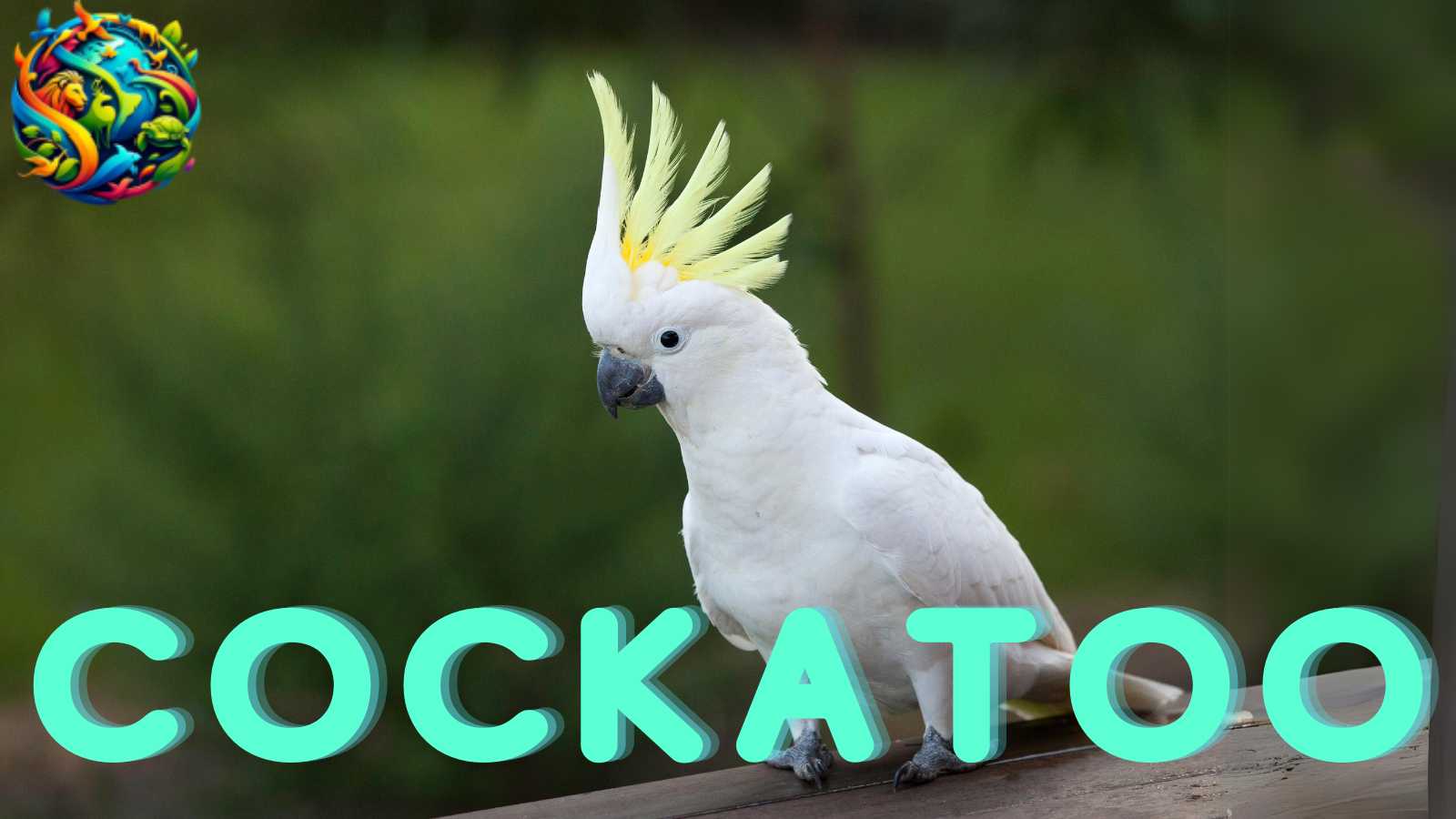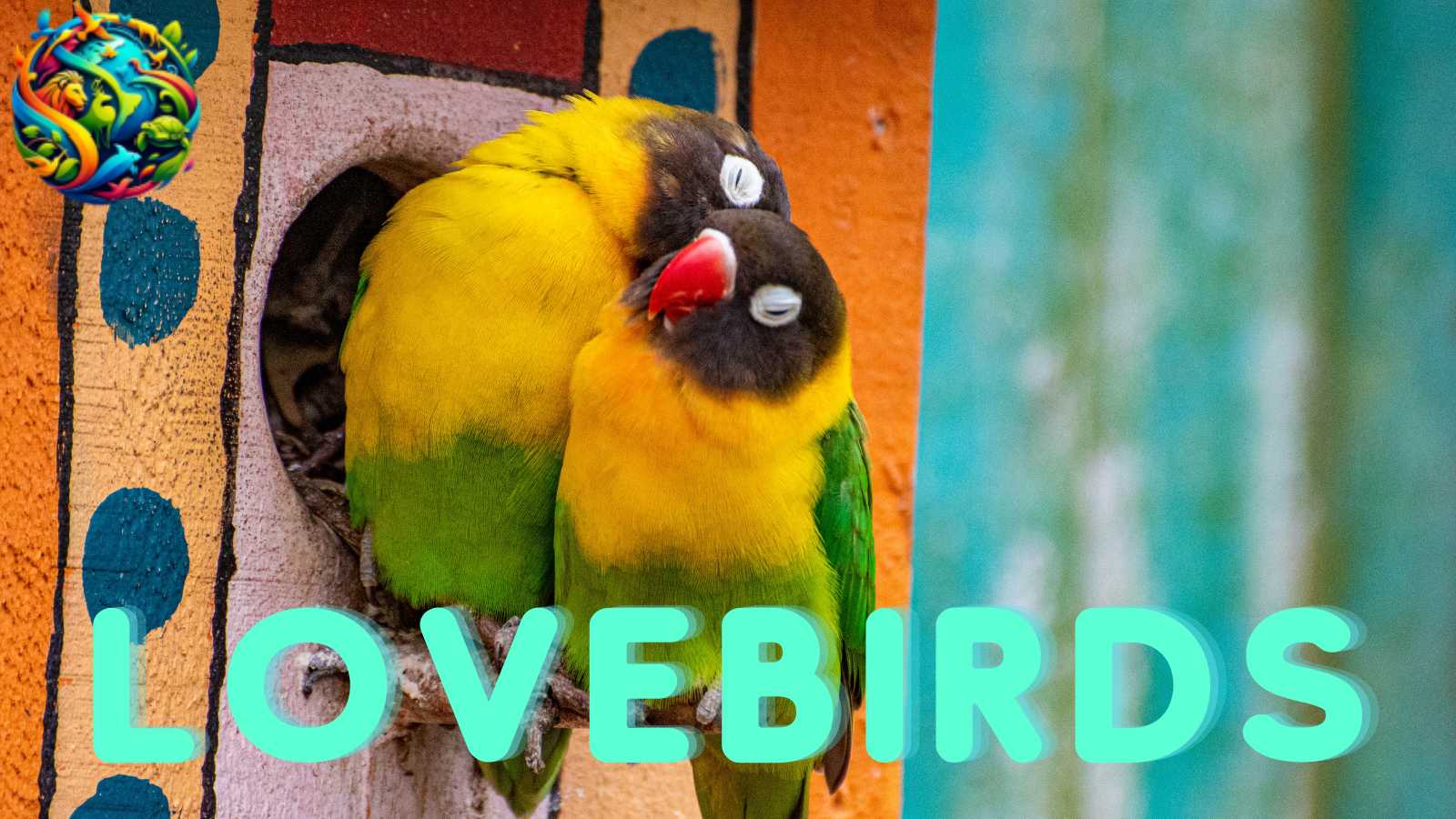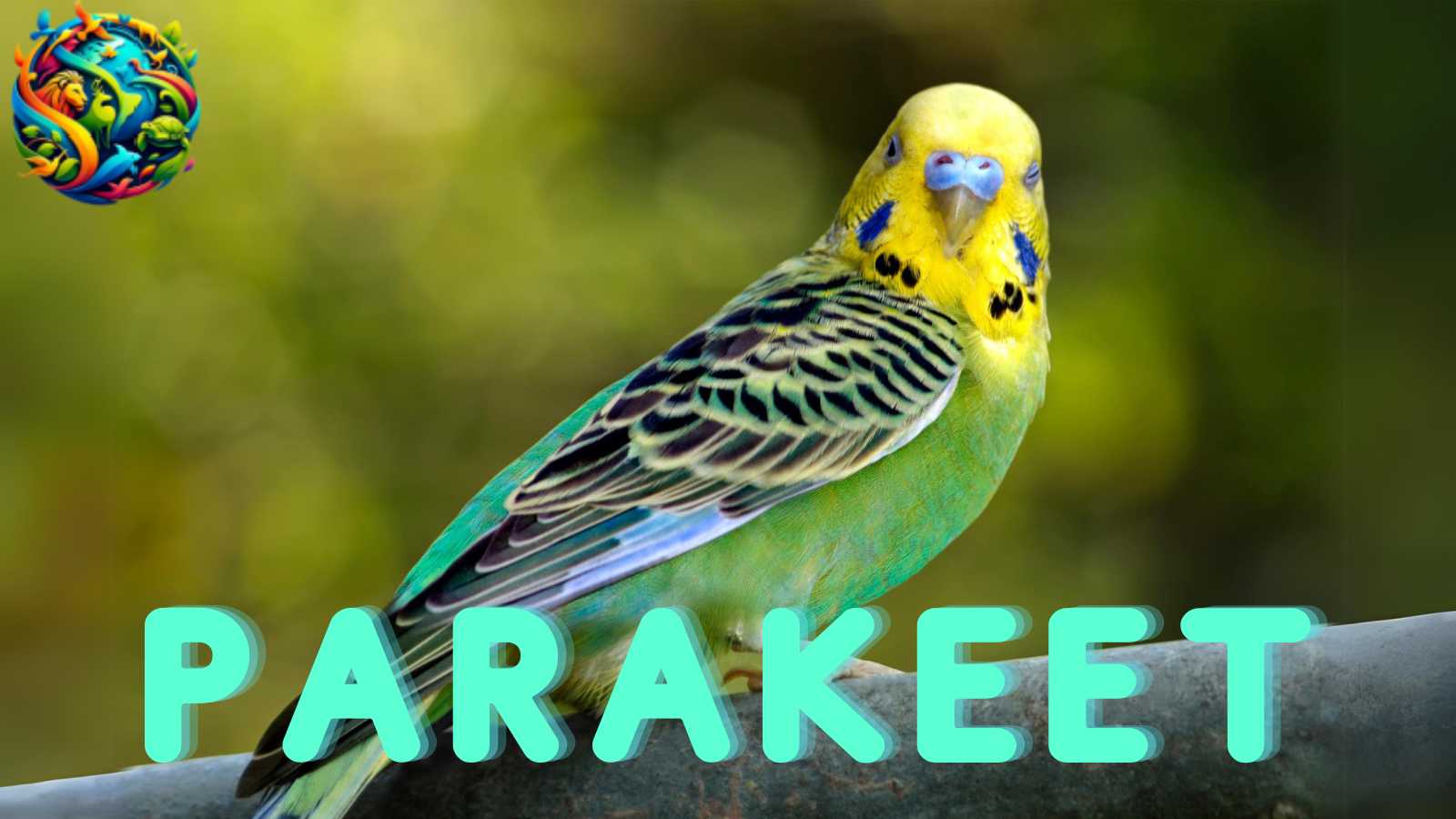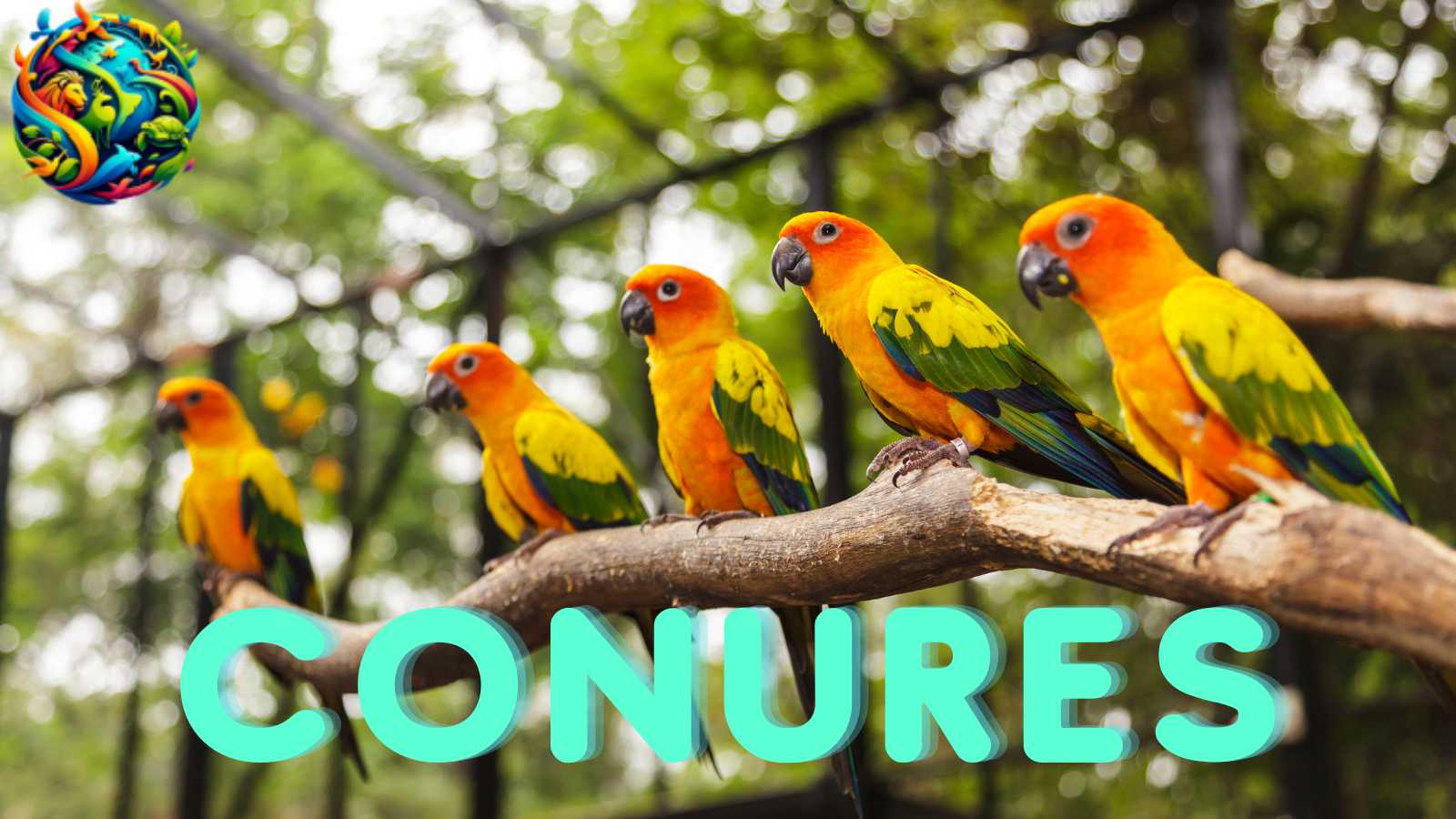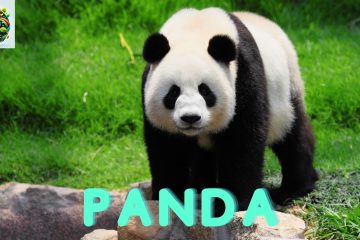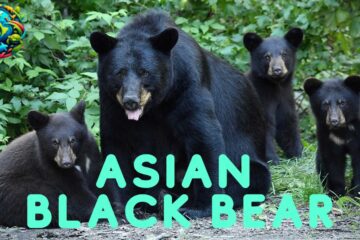Parakeets: The Vibrant and Social Small Parrots
Parakeets, also known as budgerigars or budgies, are among the most popular pet birds worldwide. Known for their vibrant plumage, playful nature, and ability to mimic human speech, these small parrots are native to Australia but have captured hearts across the globe. This article explores the fascinating aspects of parakeets, including their natural habitat, behavior, and care requirements.
Amazing Fact:
They have been bred in captivity for over 150 years, resulting in a wide variety of color mutations beyond their natural green and yellow plumage. These mutations include blue, white, violet, and many other stunning combinations.
Habitat/Food:
In the wild, they inhabit the open woodlands, grasslands, and scrublands of Australia. They form large flocks and are highly social birds. Their diet primarily consists of seeds, especially grass seeds, but they also consume fruits, vegetables, and insects. In captivity, a balanced diet includes high-quality seed mixes, pellets, fresh fruits, vegetables, and occasional treats.
Appearance:
They are small parrots with a streamlined body, long tail feathers, and a hooked beak. Wild parakeets are typically green and yellow with black markings on their wings and back. Captive breeding has produced a wide range of color variations, including blue, white, yellow, and albino.
Types/Subspecies:
- Budgerigar (Melopsittacus undulatus) – The most common and popular paraket species.
- Monk Paraket (Myiopsitta monachus) – Also known as the Quaker parrot.
- Indian Ringneck Paraket (Psittacula krameri) – Known for its distinctive ring around the neck.
- Alexandrine Paraket (Psittacula eupatria) – Larger than the Indian Ringneck with a striking red patch on its wings.
- Bourke’s Paraket (Neopsephotus bourkii) – Known for its gentle nature and soft colors.
Types/Subspecies of Parrots:
Location:
They are native to Australia, where they thrive in a variety of habitats, from coastal areas to the arid interior. They have also been introduced to other regions, including North America and Europe, where feral populations can sometimes be found.
Predator & Threat:
In the wild, they face predation from birds of prey, snakes, and mammals. Habitat destruction due to agricultural expansion and climate change poses significant threats to their natural populations. In captivity, they can be susceptible to diseases and require proper care to ensure their health and longevity.
Mating:
They are monogamous and form strong pair bonds. During the breeding season, males court females with displays of singing, feather fluffing, and regurgitating food. Females lay 4-6 eggs, which they incubate for about 18 days. Both parents feed and care for the chicks until they fledge.
How They Communicate:
They are highly vocal and use a range of sounds, including chirps, whistles, and squawks, to communicate with each other. They are also known for their ability to mimic human speech, learning words and phrases through repetition and interaction with their owners. Their vocalizations serve to maintain social bonds, establish territory, and attract mates.
Movies on Parakeets:
Parakeets have appeared in various films and TV shows, often depicted as charming and talkative pets:
– “Paulie” (1998) – While the movie primarily features a Blue-crowned Conure, the theme of a talking parrot highlights the appeal of parrot species, including parakeets.
– “Rio” (2011) – An animated film featuring a variety of colorful birds, showcasing the beauty and diversity of parrot species.
How It Is Pronounced in Different Languages:
- – English: Paraket
- – Spanish: Periquito
- – French: Perruche
- – German: Sittich
- – Mandarin Chinese: 长尾小鹦鹉 (Cháng wěi xiǎo yīngwǔ)
- – Hindi: तोता (Totā)
FAQs:
1. Why are they called “budgies”?
– “Budgie” is a short form of “budgerigar,” which is derived from the Australian Aboriginal word “budgerygah,” meaning “good” or “good bird.”
2. How long do parakeets live?
– In captivity, they can live 10 to 15 years with proper care, although some may live longer with excellent nutrition and a safe environment.
3. Can parakeets talk?
– Yes, they can learn to mimic human speech and sounds. Males are generally better at talking than females, and they can learn a variety of words and phrases with practice.
4. What do parakeets eat?
– A balanced diet for them includes high-quality seed mixes, pellets, fresh fruits, vegetables, and occasional treats like millet sprays.
5. Do parakeets need to be kept in pairs?
– They are social birds and thrive in pairs or small groups. Keeping them in pairs helps meet their social needs, but if kept alone, they require a lot of attention and interaction from their owner.
6. How do you tell the difference between male and female parakets?
– Male parakets typically have a blue or purple cere (the area around the nostrils), while females usually have a brown or tan cere. These differences become more pronounced as the birds mature.
7. Do they need a lot of space?
– Yes, parakets need a spacious cage to move around and exercise. They also benefit from regular out-of-cage time to fly and explore in a safe environment.
8. Why do parakets chirp so much?
– Parakets chirp to communicate with each other, express happiness, and stay engaged with their surroundings. Chirping is a sign of a healthy, content bird, although excessive noise can sometimes indicate boredom or a need for more interaction.
This Article is Sponsored by FINCTOP & TECHETOP


